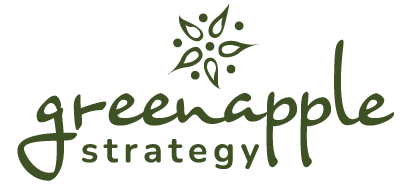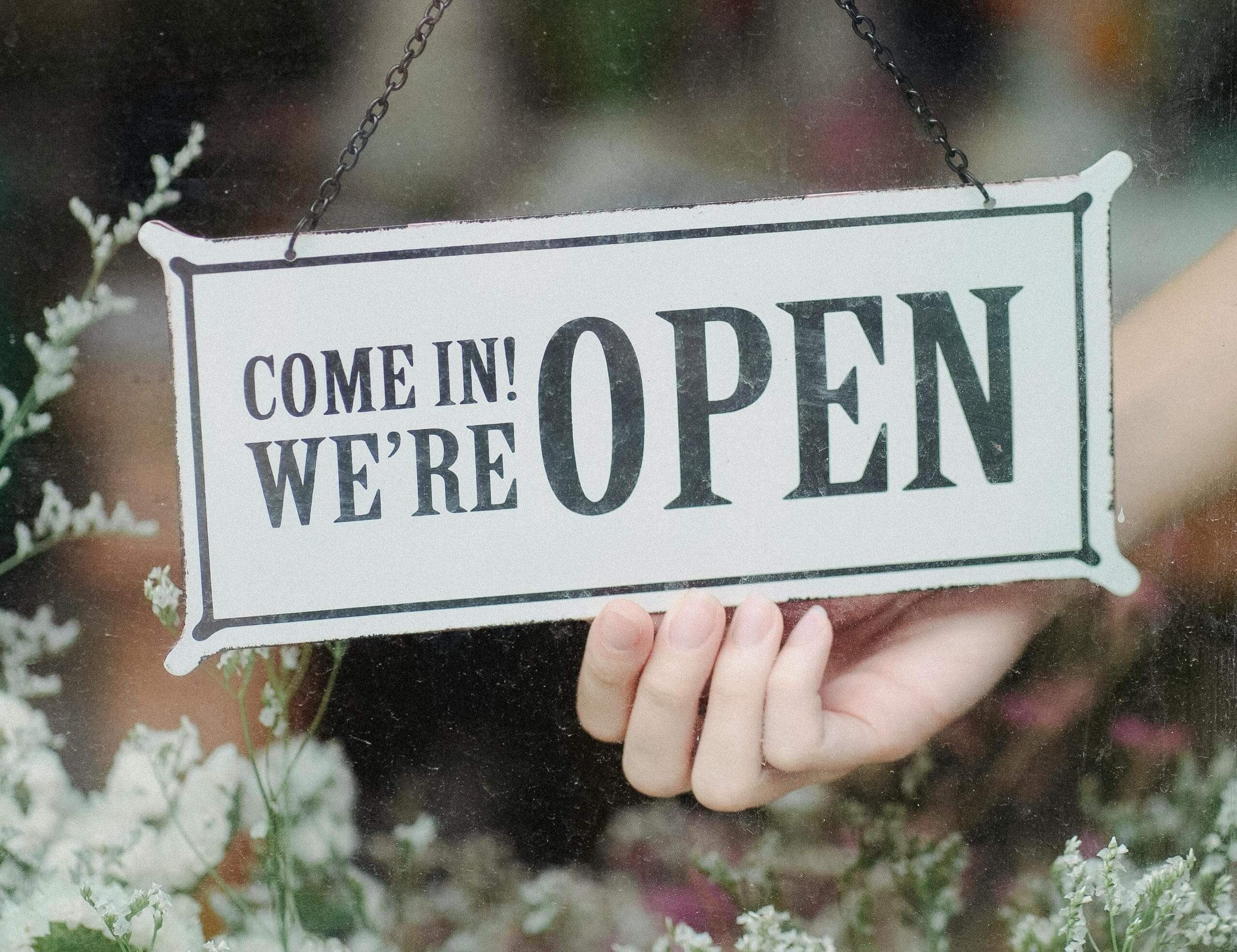There’s something undeniably powerful about a well-timed, thoughtful gift. It’s not just the item itself—it’s the message behind it: You’re seen. You’re appreciated. You matter.
In the B2B world, those kinds of moments can be rare. But during the holiday season, you have a unique opportunity to go beyond a standard thank you to create meaningful connections with your clients, customers, and team members.
At Green Apple, we believe great relationships don’t just happen—they’re nurtured. And that’s where an intentional gift-giving strategy comes in.
We put together a free Client Gift Giving Checklist to help you proactively plan holiday marketing ideas that surprise and delight the people who matter most to your business. But if you’re looking for inspiration on what to give (and how to make it meaningful), here are a few of our favorite ideas to spark your creativity—plus tips to make them strategic, thoughtful, and memorable.
Meaningful Holiday Gift Ideas for Clients and Team Members
1. The Experience
For the client who has everything, give them something to enjoy.
Experiences can be more meaningful and more memorable than physical gifts. Consider things like:
- A gift card to a favorite local restaurant
- A subscription box tied to their interests (coffee, wine, books, wellness, etc.)
- A voucher for a virtual cooking or art class
- Tickets to a local event they’d enjoy
Strategic tip: Add a personal note explaining why you chose the experience. Maybe it ties back to a conversation you had or something you know they love. This level of thoughtfulness turns a fun surprise into a relationship-building moment.
2. The Practical
For the high-performers and go-getters, give something they’ll use and appreciate every day.
Functional gifts don’t have to be boring. In fact, the right practical gift can show you understand their daily routine and want to make it better. A few go-to options:
- A premium notebook and pen set
- High-quality wireless chargers, Bluetooth speakers, or desktop gadgets
- An ergonomic mouse or keyboard for their home office
- Branded gear that’s actually worth wearing (think soft, high-end, and subtle)
Strategic tip: Package it well. A sleek box or reusable tote adds polish and makes the unboxing experience feel special, even if the gift is something simple.
3. The Thoughtful
For those who value the personal touch, make it heartfelt.
If you really want to stand out, personalization is key. These gifts don’t have to be extravagant, but they do need to feel intentional.
- A handwritten holiday card with a note of gratitude
- A curated list of favorite books (with a few personally recommended titles)
- A small care package with cozy items (think tea, socks, candles, and a message that says “You’ve earned a break”)
Strategic tip: Use what you know. Pull from past conversations or shared interests to customize the gift. This is especially impactful for long-term clients or close team members.
4. The Charitable
For people who care deeply, make an impact together.
Want to give back and show your clients or team members you know what matters to them? A donation in their honor can be a meaningful way to surprise and delight.
- Choose a cause they’ve mentioned supporting
- Support a nonprofit that aligns with your shared values
- Invite them to choose from a few causes with a personalized donation card
Strategic tip: Include a printed message with the gift that shares why you chose this cause. It can be incredibly powerful to enclose a note that says, “We donated in your honor to X, because we know it’s something you care about.”
Ready to Plan Your Gifting Strategy?
Whether you’re looking to express gratitude, re-engage dormant clients, celebrate team wins, or make your brand more memorable, gift giving is a smart, strategic way to do it. And when it’s done well, it leaves a lasting impression long after the holidays are over.
Need help getting organized? We created a free Client Gift Giving Checklist to help you:
- Clarify your goals
- Segment your recipients
- Brainstorm meaningful gift ideas
- Manage your budget
- Stay on top of timing and logistics
Download the checklist here to start planning now—before Q4 gets hectic.
And if you’d like help developing a gifting campaign or end-of-year marketing strategy that feels on-brand, intentional, and engaging, we’d love to connect.
Book a strategy session with our team. We’ll help you finish the year strong.











